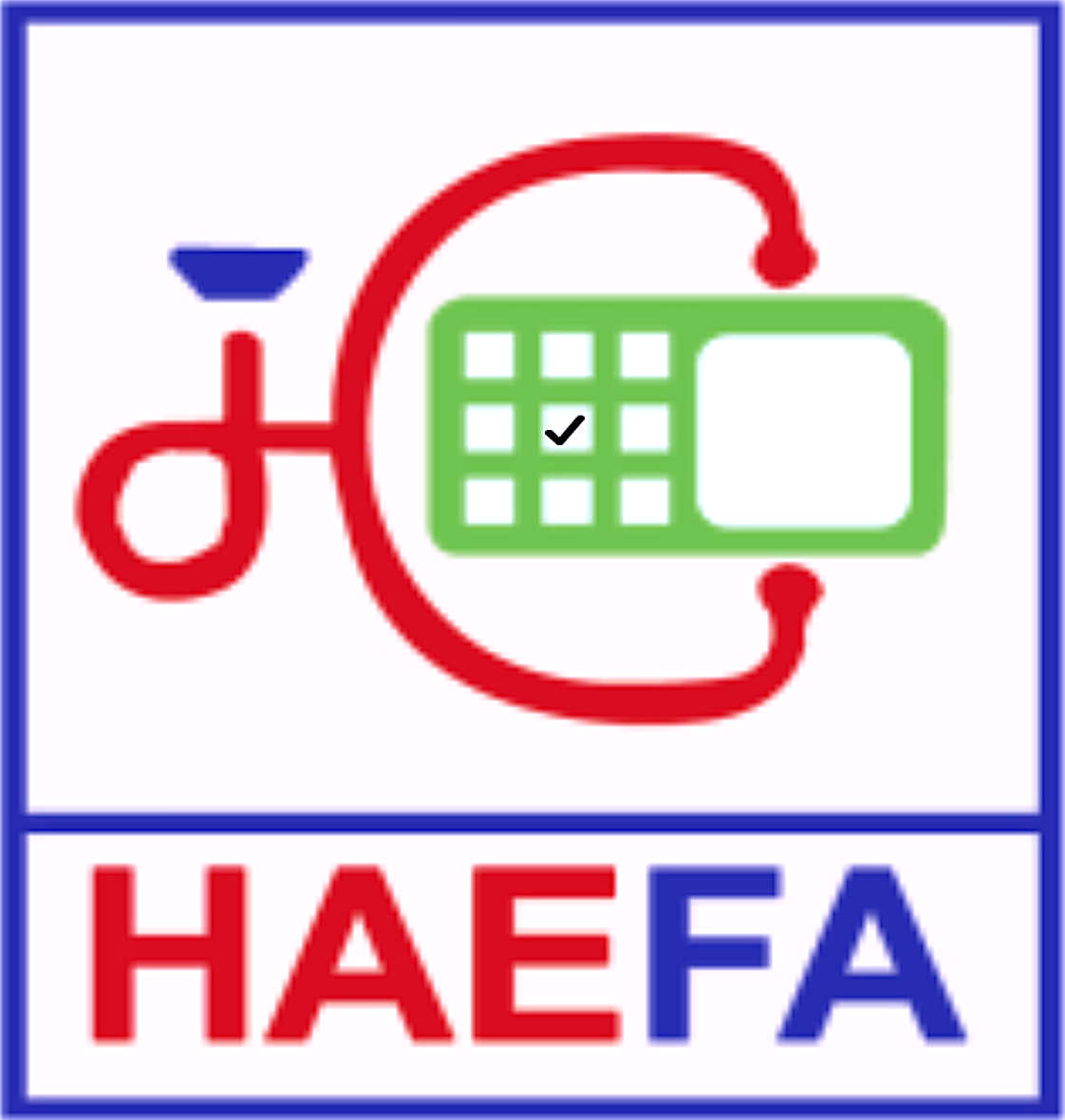Catastrophic flash flooding and landslides in July 2021 displaced 13,432 Rohingya refugees and destroyed entire hillsides of the refugee camps
Heavy monsoon rain started on July 27, 2021, triggering the flooding and landslides
Please donate to help with the landslide emergency response.
https://gofund.me/47059e4f
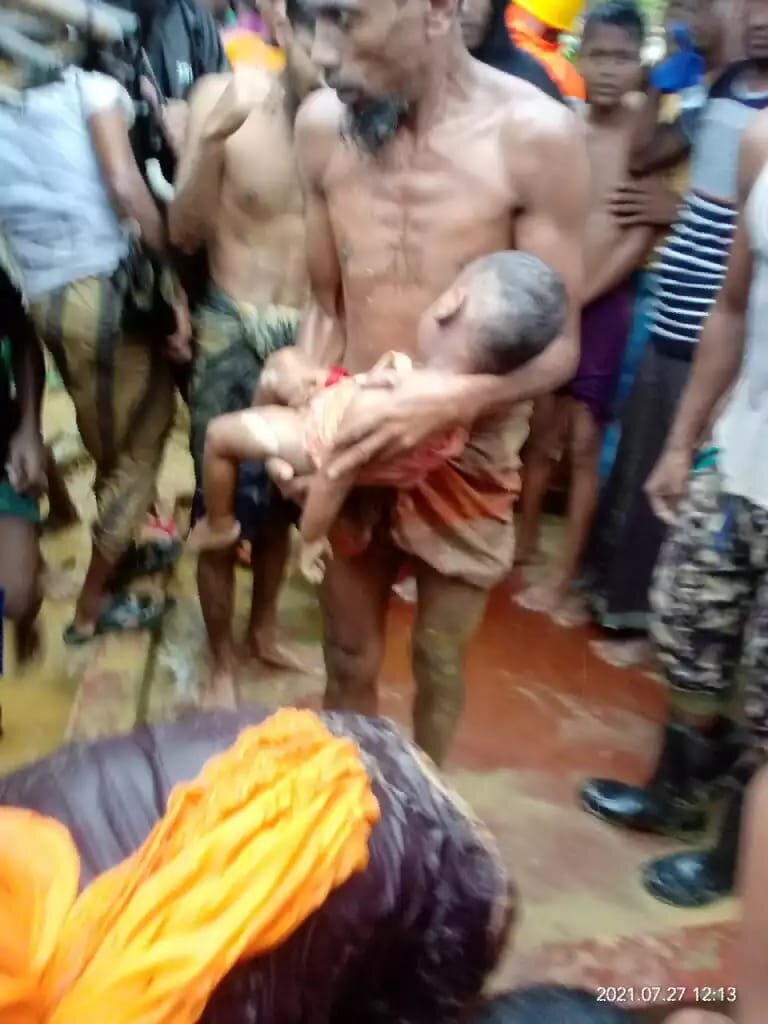
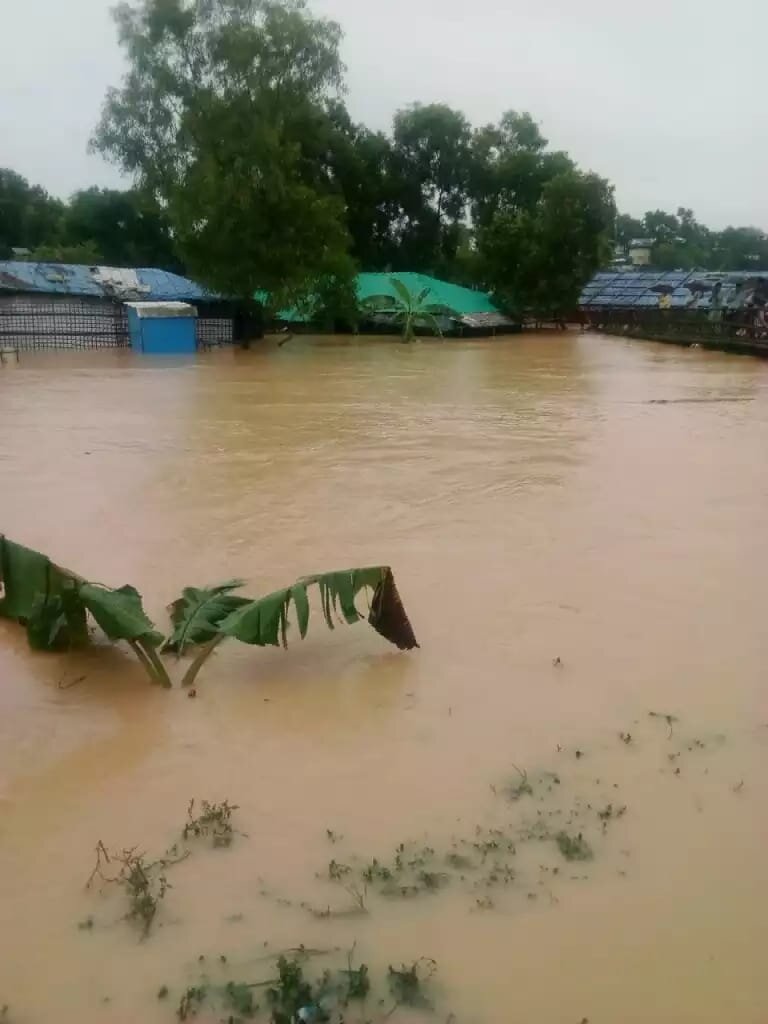
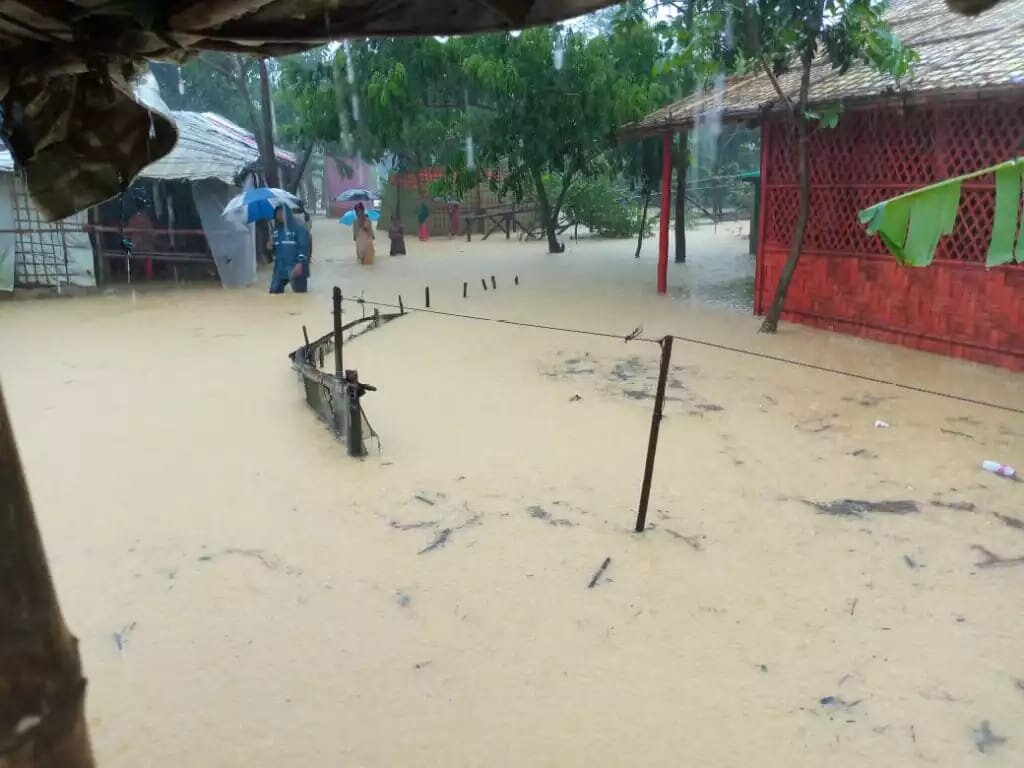
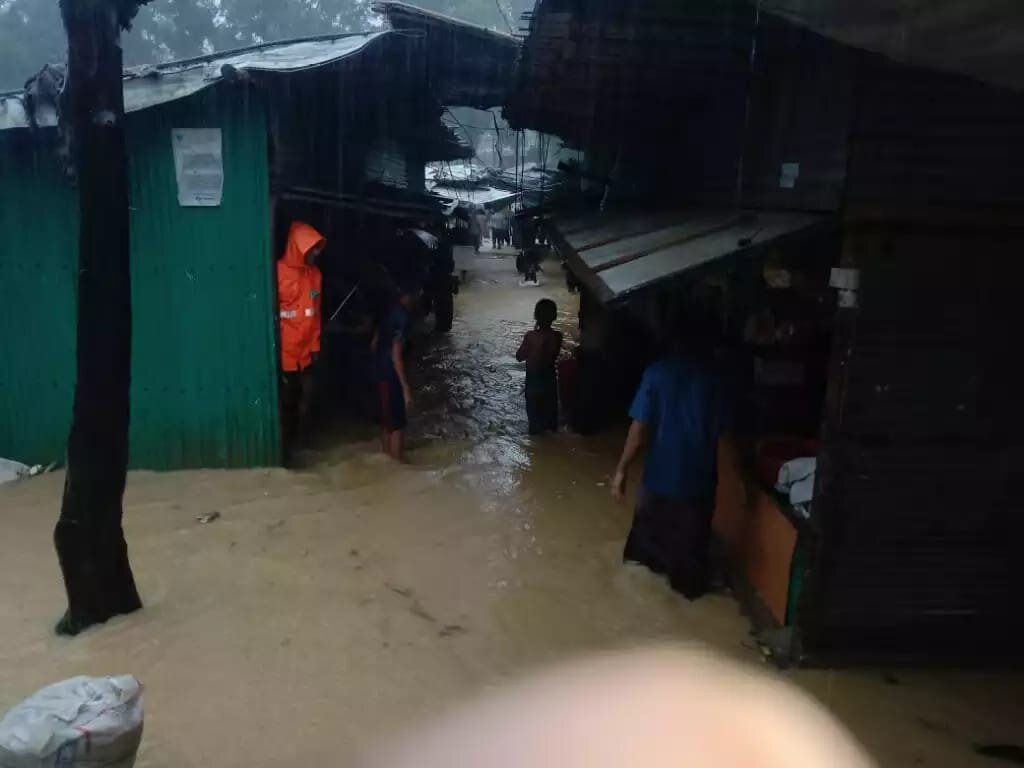

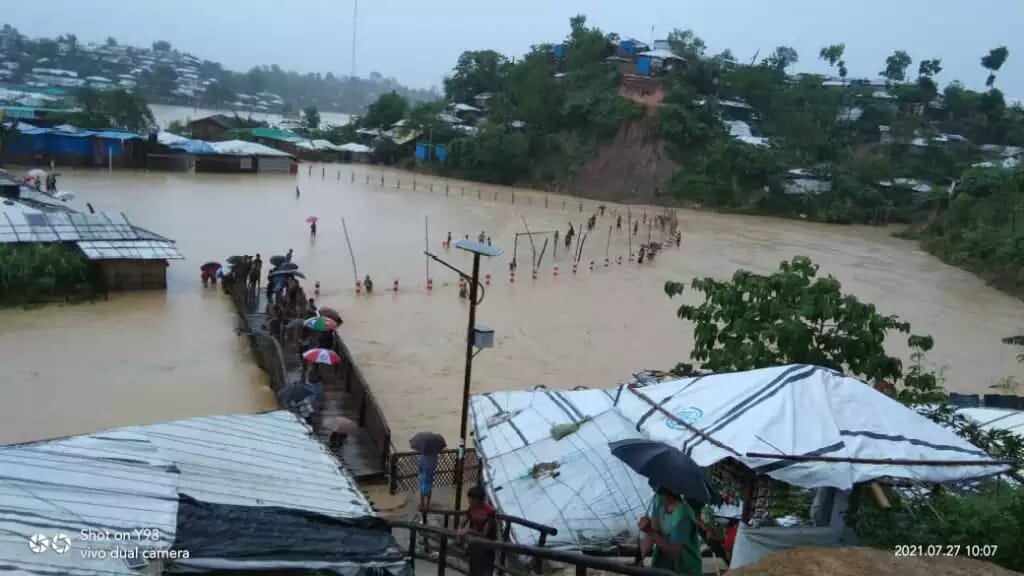
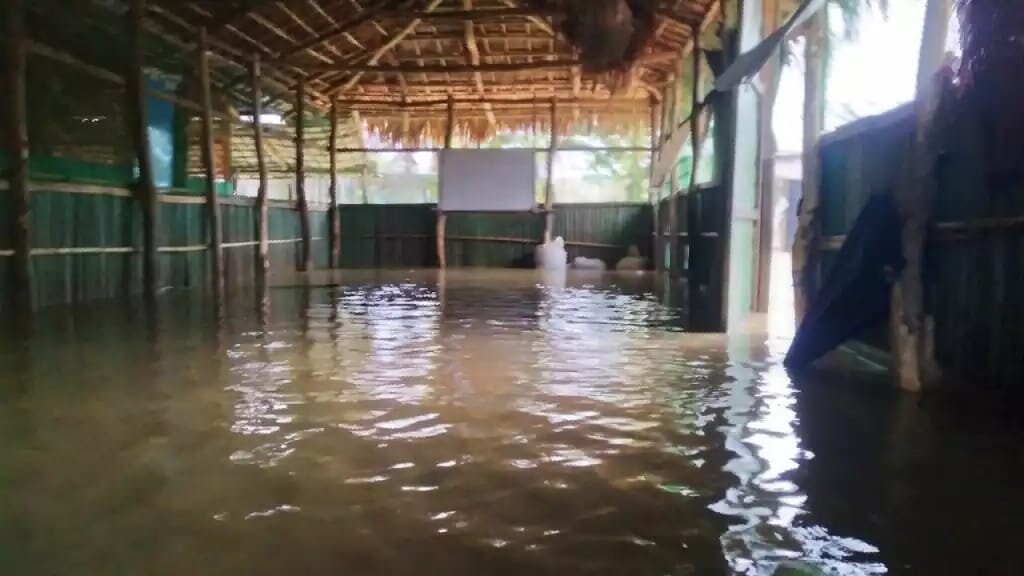
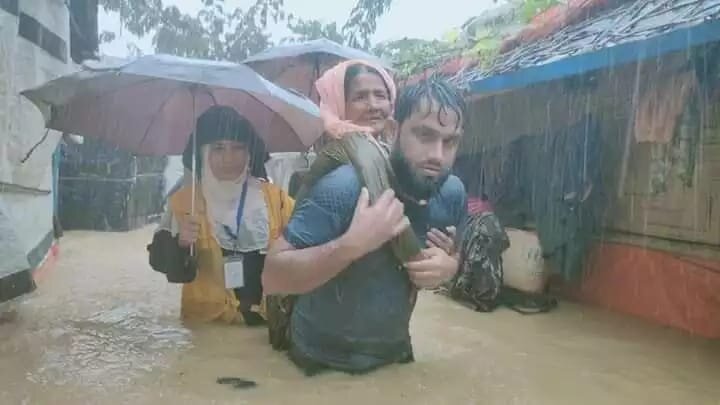

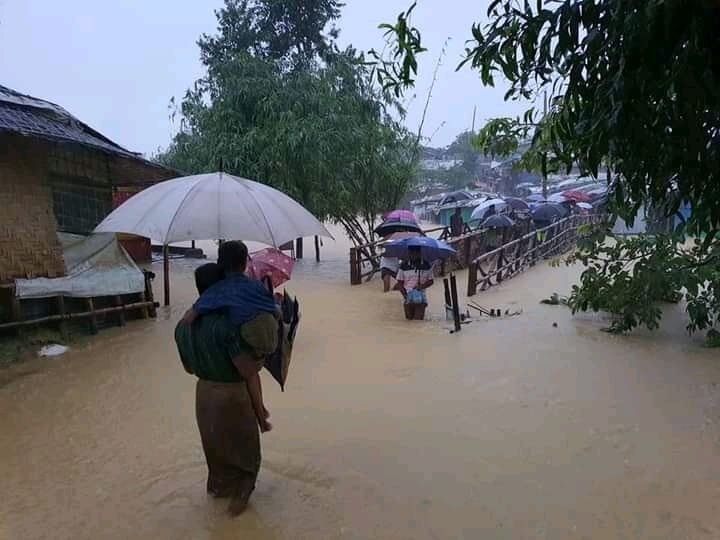
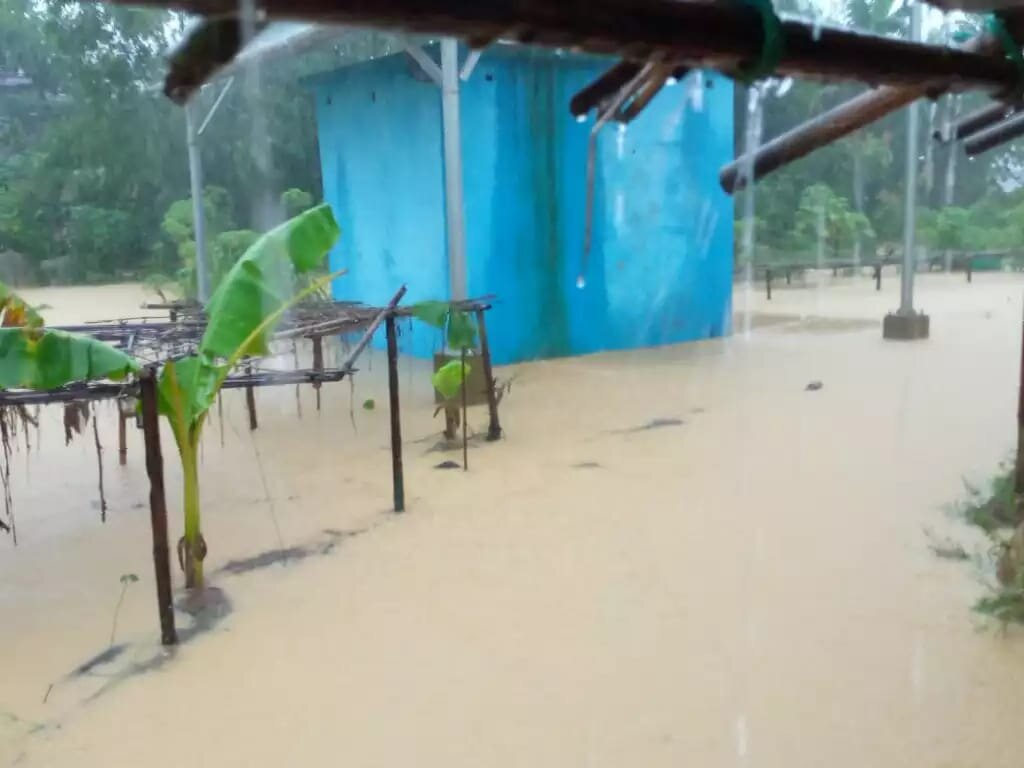
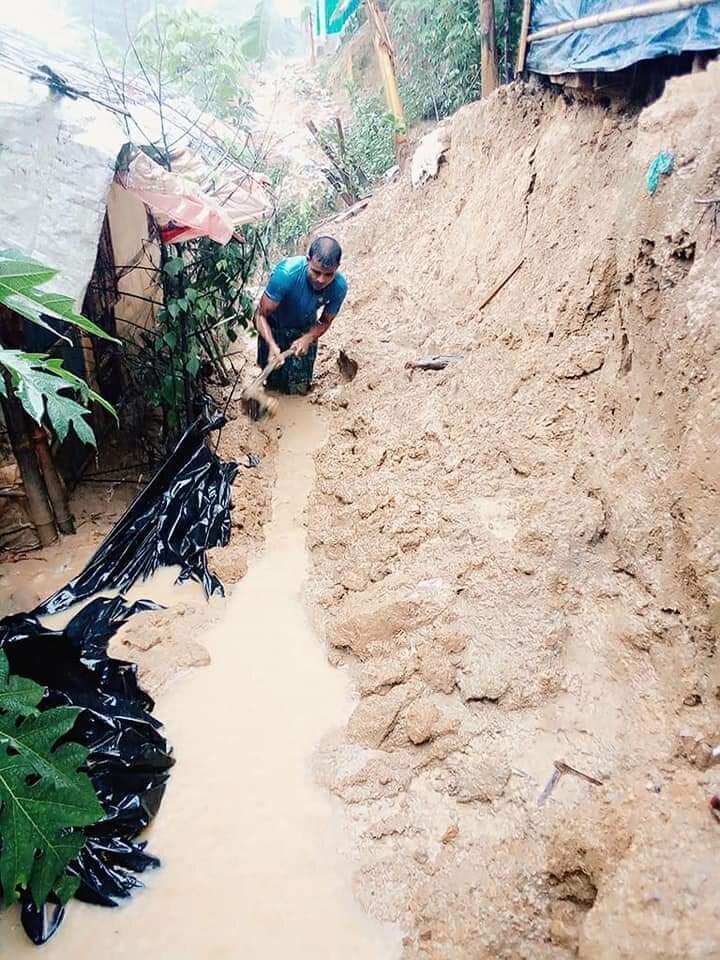
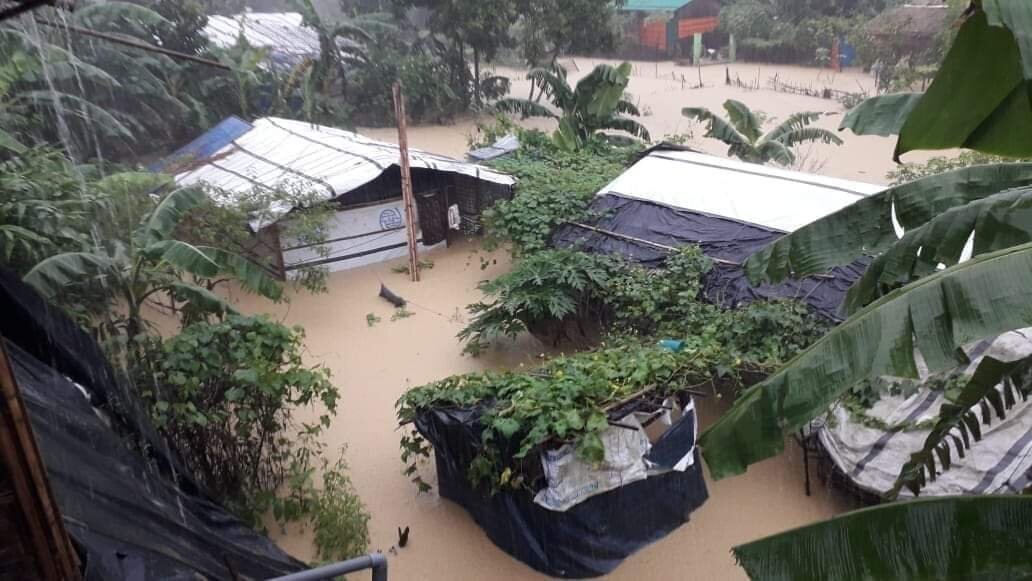
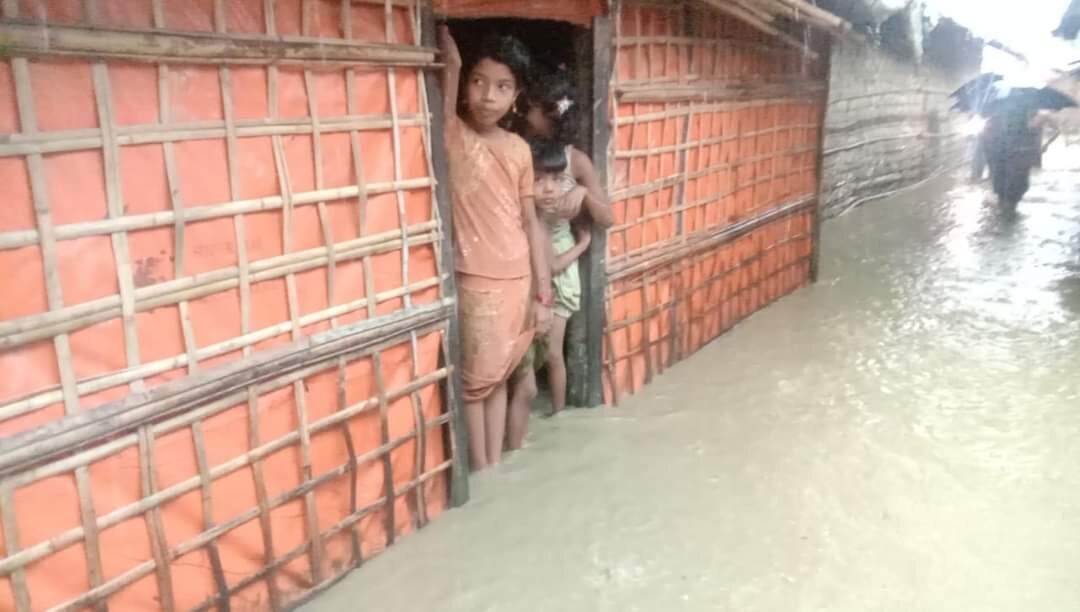
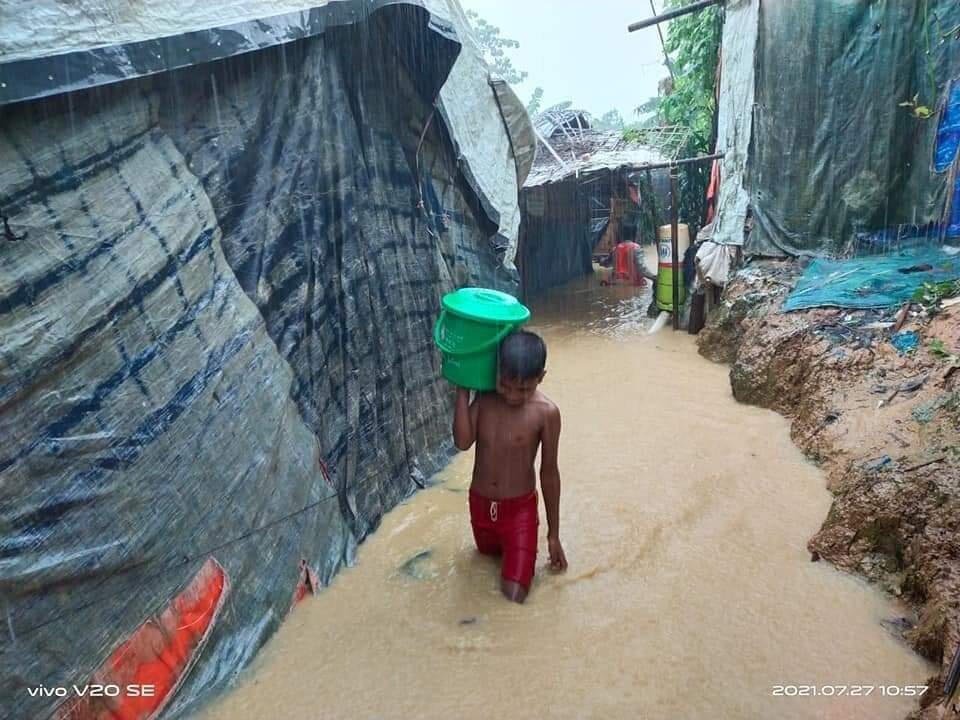
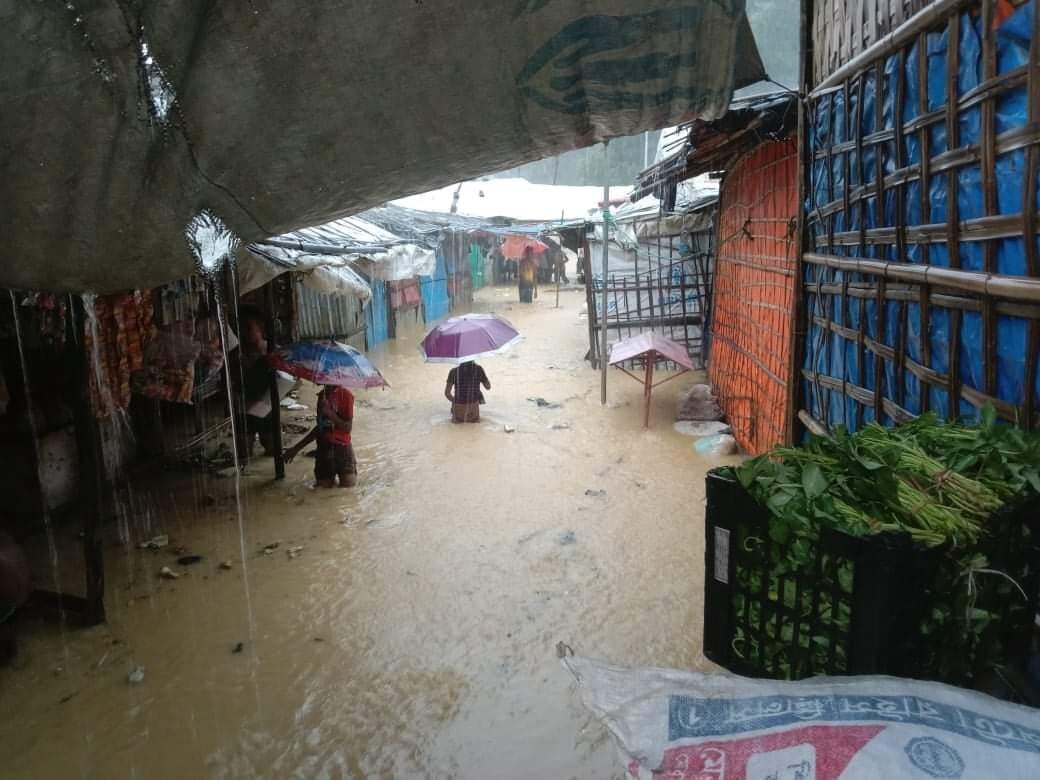
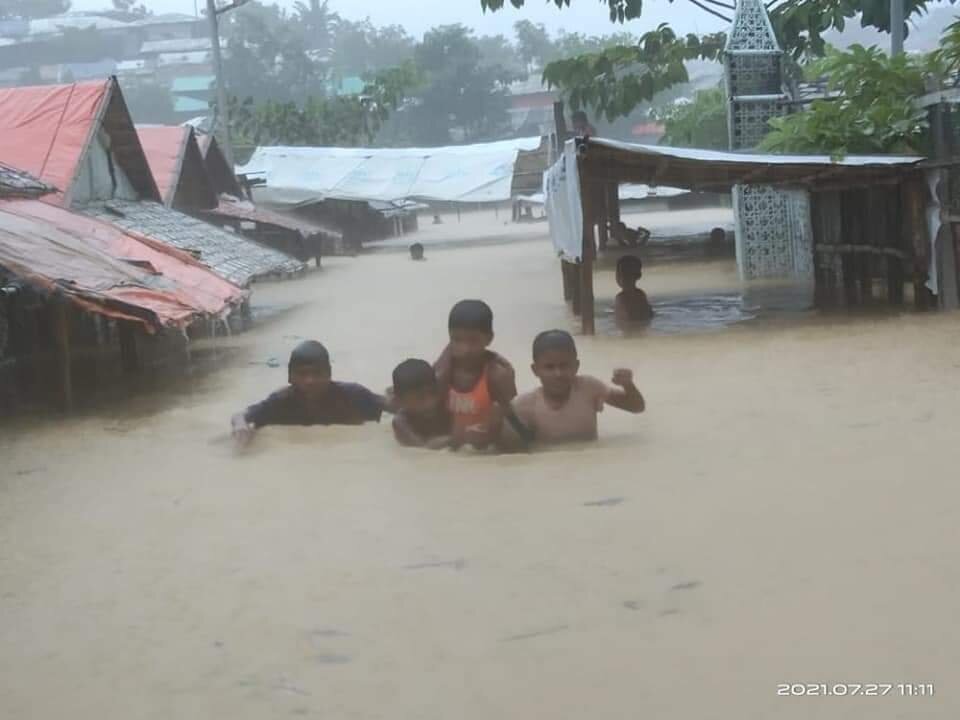
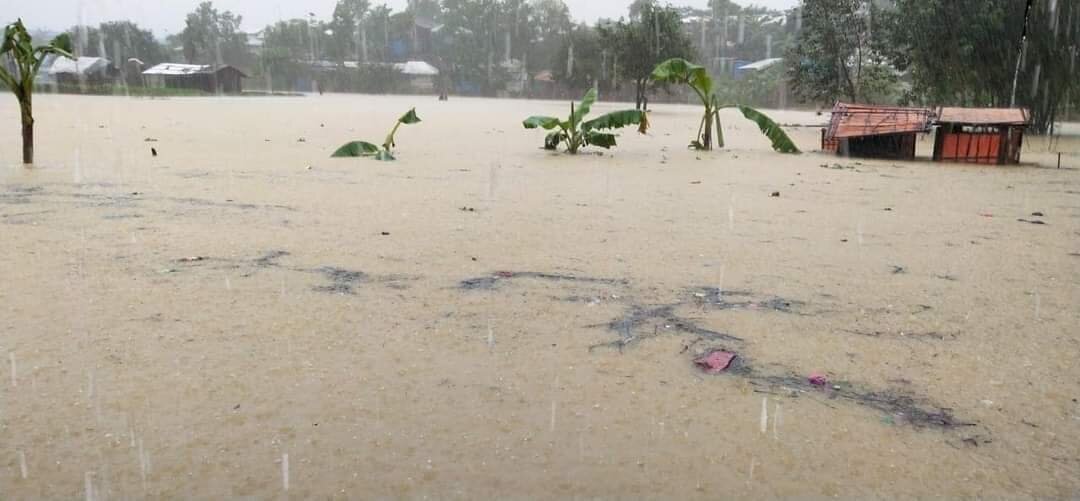
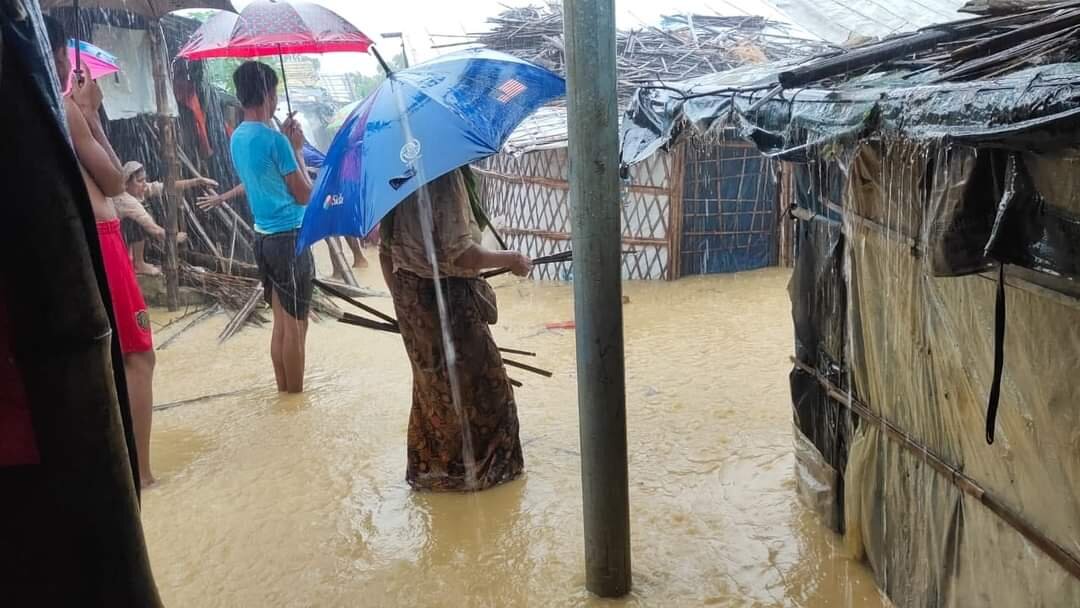
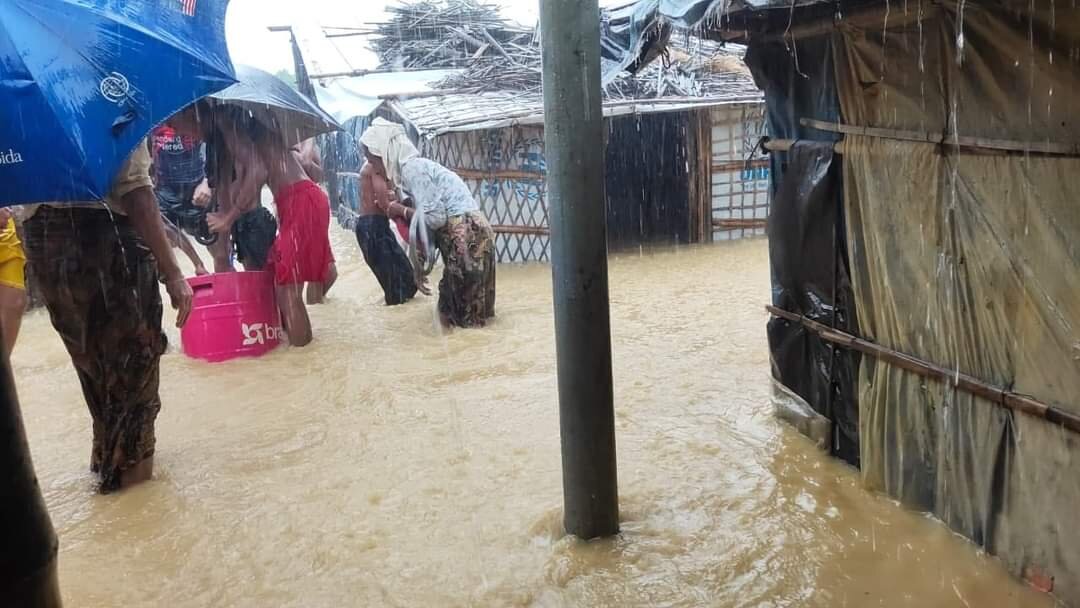
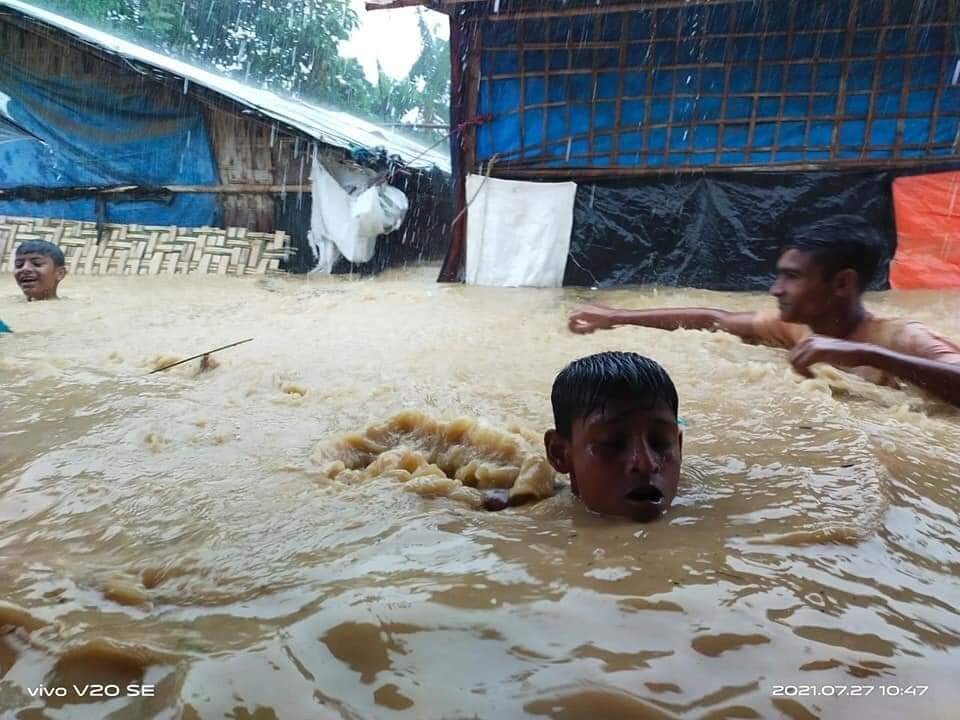
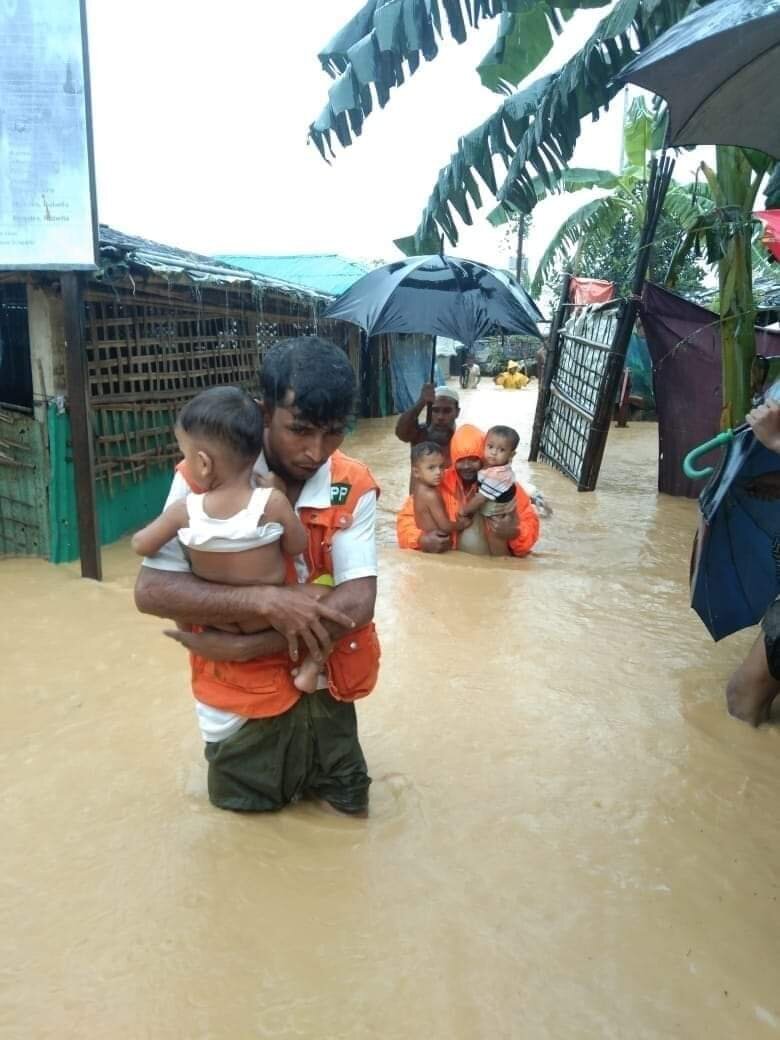
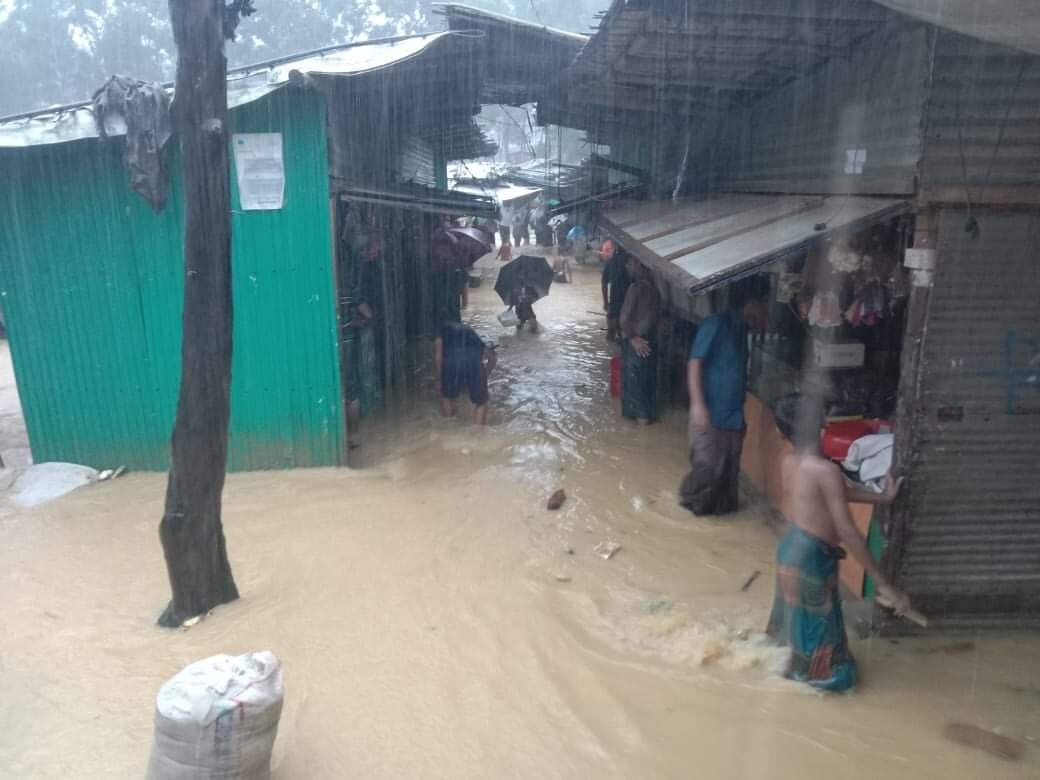
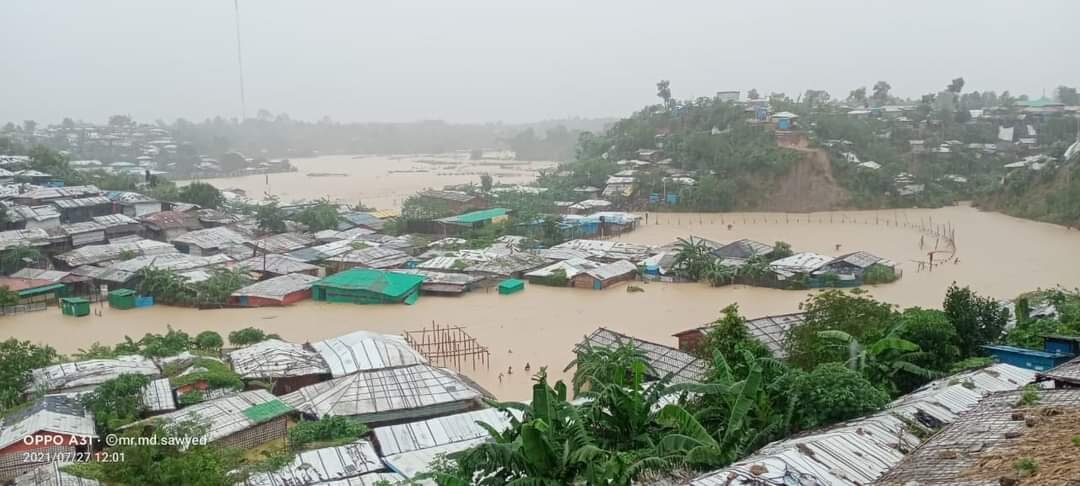
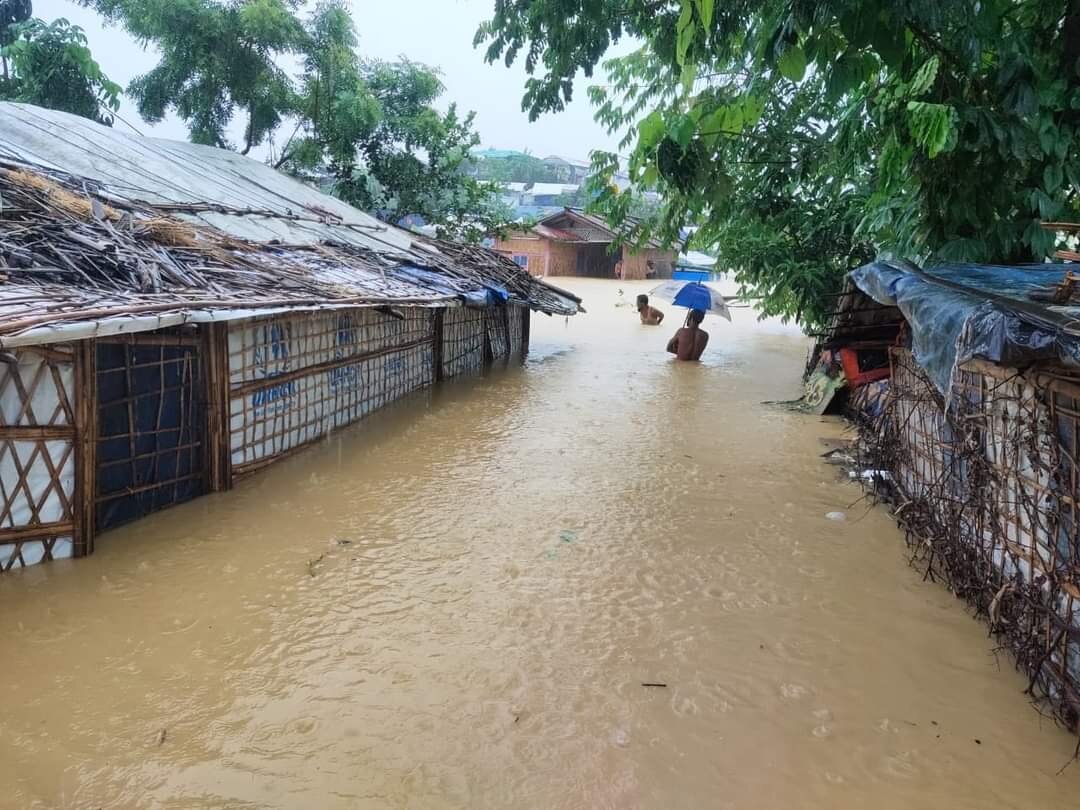
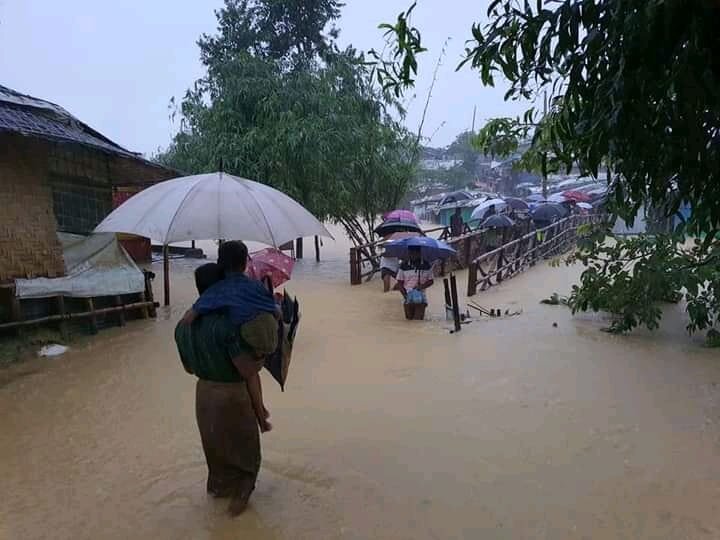

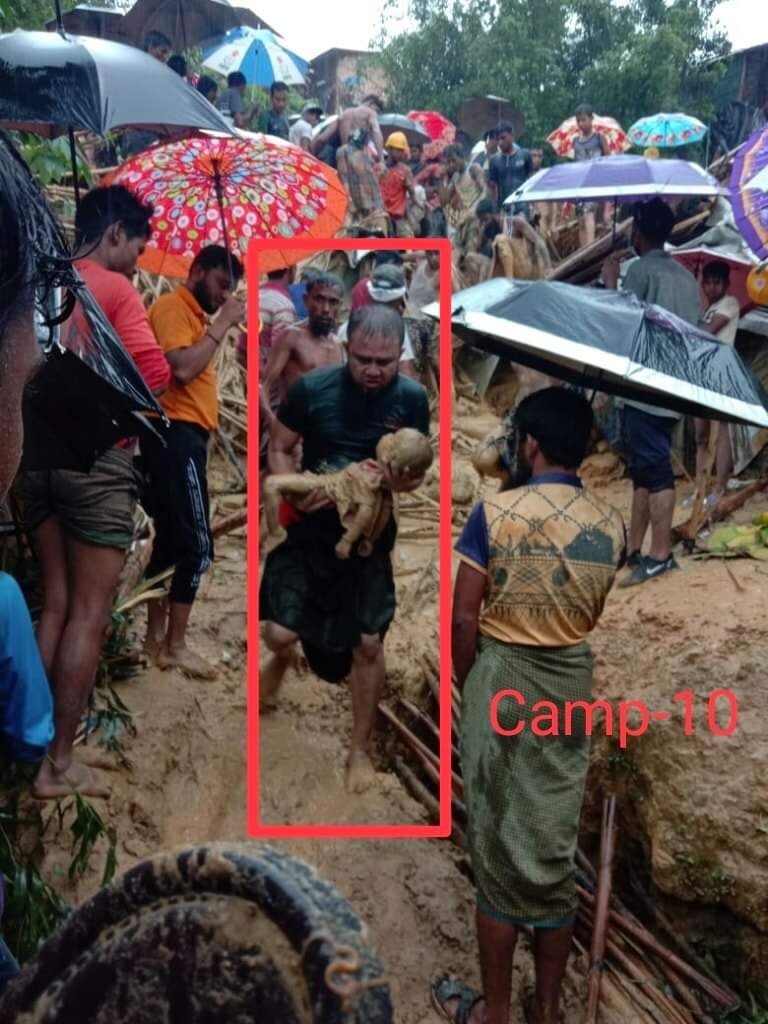
Summary
Heavy rains and landslides in Bangladesh killed at least 11 Rohingya refugees and devastated almost entire hillsides of refugee camps. It began on July 27, 2021, with heavy rain, but landslides and flooding followed the next day. Areas of the district also saw coastal flooding after a high tide during the full moon phase.
Landslides occurred in Camp 11, which is located adjacent to Balukhali Camp 9. Two members of one family have died. The family consisted of a woman and her two daughters; the younger daughter died on the spot and after taking her mother to the Cox’s Bazar Sadar Hospital, the woman also died. The eldest daughter is severely injured on her back.
Our Balukhali camp was spared. Kutupalong's Camp 2W was inundated. Camp 11, which is also close to our Balukhali Camp 9, experienced the worst possible flood and landslide condition. However, the new drainage system constructed by HAEFA greatly aided in the drainage of floodwater.
Emergency Response
Source: Inter Sector Coordination Group (ISCG)
Site Management and Site Development: Rohingya and Bangladeshi volunteers are clearing drains and major canals, reinforcing shelter and retaining walls, clearing debris, and identifying and referring people in need of urgent support, including for medical attention and temporary shelter, across affected camps.
Shelter/Non-Food Items: 3,851 shelters were damaged in the camps. Rapid damage verification (technical assessment) was conducted for 1,048 shelters and emergency shelter assistance has been provided to 809 windstorm-affected Rohingya households. Households were provided with shelter kits based on the degree of the damage to their shelters. Assessment for flooded shelters is on hold until the water level falls. Families from flooded shelters have been relocated to temporary facilities (36 facilities are hosting 451 households) or are staying with friends and relatives. A learning facility in one camp is being used as a temporary shelter for displaced Rohingya families.
Health: Seven mobile medical teams are providing medical support to affected persons, and emergency reproductive health kits have been prepositioned. All 12 Severe Acute Respiratory Infection Isolation and Treatment Centres are still functional.
Food: Rapid food assistance is being provided to affected families in the camps and host communities. From 27- 28 July, close to 3,200 Rohingya households received fortified biscuits and over 27,000 cooked meals have been distributed. In the host communities, 552 displaced households were supported with 552 cartons of fortified biscuits and 1,000 cooked meals.
Water, Sanitation and Hygiene (WASH): AquaTabs for water treatment are being distributed to affected people alongside messaging on drinking safe water. Immediate repairs have been conducted to safeguard water provision as well as emergency desludging and sludge stabilization.
Protection including Child Protection: Protection Emergency Response Units are providing psychological first aid and psychosocial support, have identified vulnerable refugees and protection cases, which have been referred to service providers in 32 camps. Social workers, volunteers, and Child Protection staff are also providing psychosocial support to children and caregivers, raising awareness on child protection concerns, and have identifying and reuniting separated children. Awareness is also being raised on general protection risks linked to heavy monsoon rains through Community-Based Protection volunteer structures, including Community Outreach Members, community groups, Imams, and the Interactive Voice Response system.
Communication: Key information on risks and prevention of drowning, landslides, floods, and lightning, and acute watery diarrhea (AWD) are being disseminated in the camps and host communities. Radio PSAs and other programs are being broadcasted, as well as miking and community mobilization through religious leaders.
Nutrition: Nutrition services in the camps are ongoing where possible, in a limited capacity due to access issues from monsoon rains and COVID-19 restrictions.
Logistics: 10,000 sandbags were provided for use in the camps and temporary laborers were hired to clear the road drainage inside and outside the Balukhali Logistics Hub. Emergency transportation is on standby for the flood response and 1,150 m3 of storage space is available for humanitarian partners in Madhu Chara Logistics Hub and 240 m3 of space in Teknaf Logistics Hub. Generators, mobile storage units, prefabs, ablution units, tarpaulins, sandbags, ropes, tools for repairing or moving cars, and well as wooden and steel boxes are available in the contingency stock for partners. Information on ongoing activities, key infrastructure, and available storage and transport capacity is also being shared with all aid agencies to support inter-sector coordination efforts for the monsoon response. Traffic and road blockages due to flooding and access restrictions to the camps are being updated in the Logistics Information Exchange (LOG IE) – a multifunctional interactive map for physical road access constraints reporting during an emergency.
Gender in Humanitarian Action: 19 Rohingya women leaders and 80 female volunteers have been mobilized to support ongoing rapid assessments and response in the camps to ensure women and girls’ needs are addressed.
For further information: ext.rel@iscgcxb.org Website:humanitarianresponse.info/Rohingya
